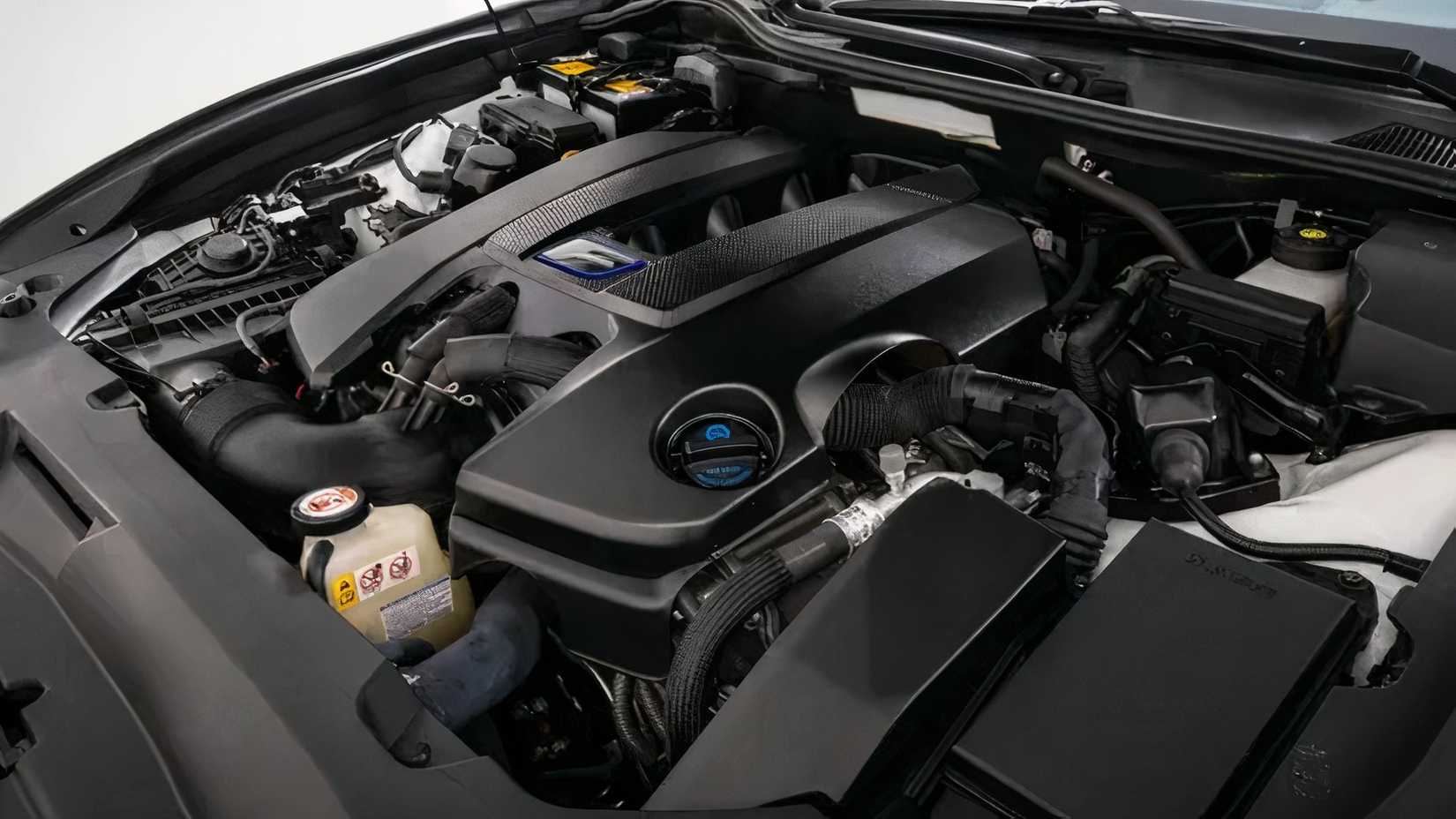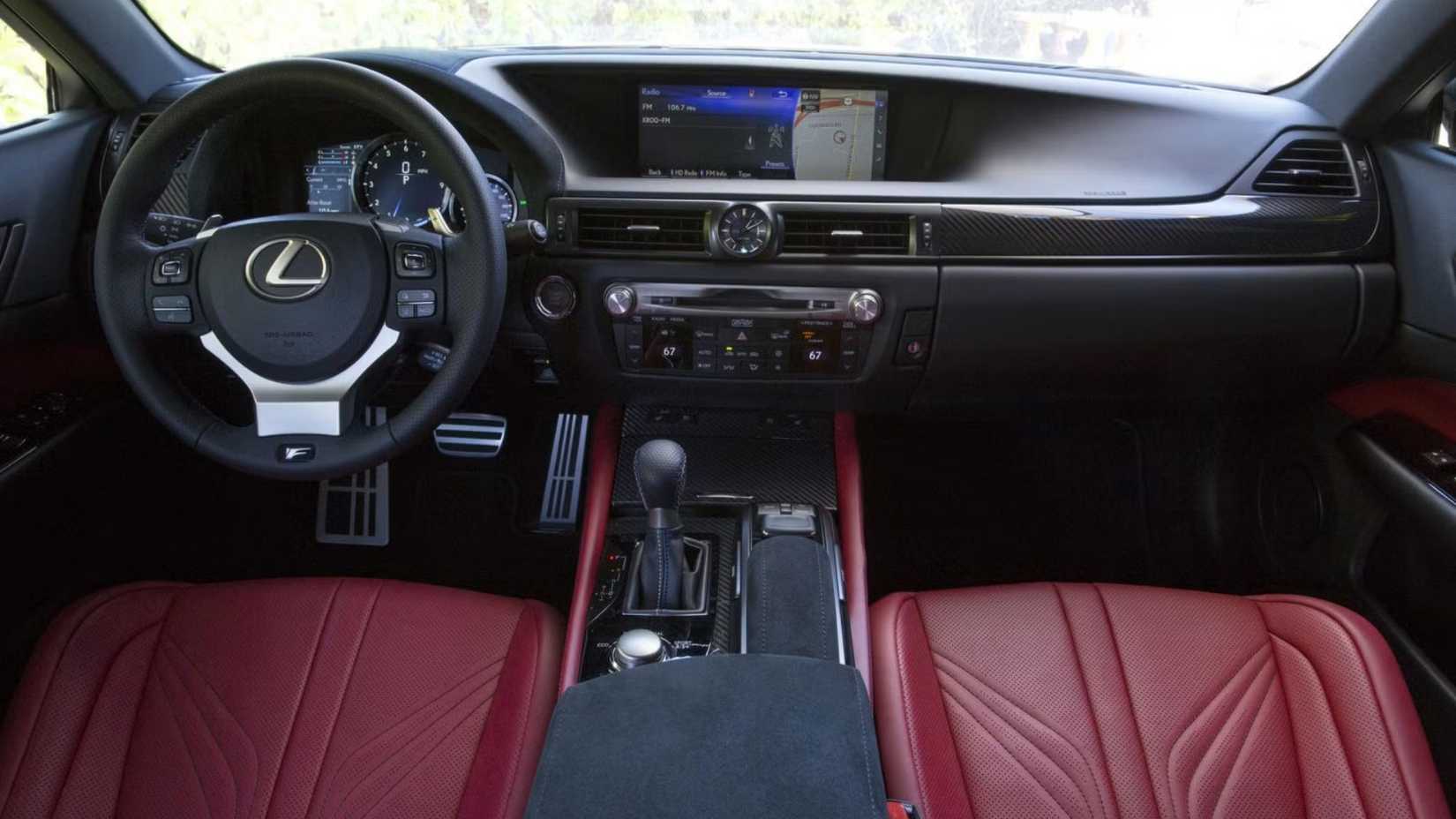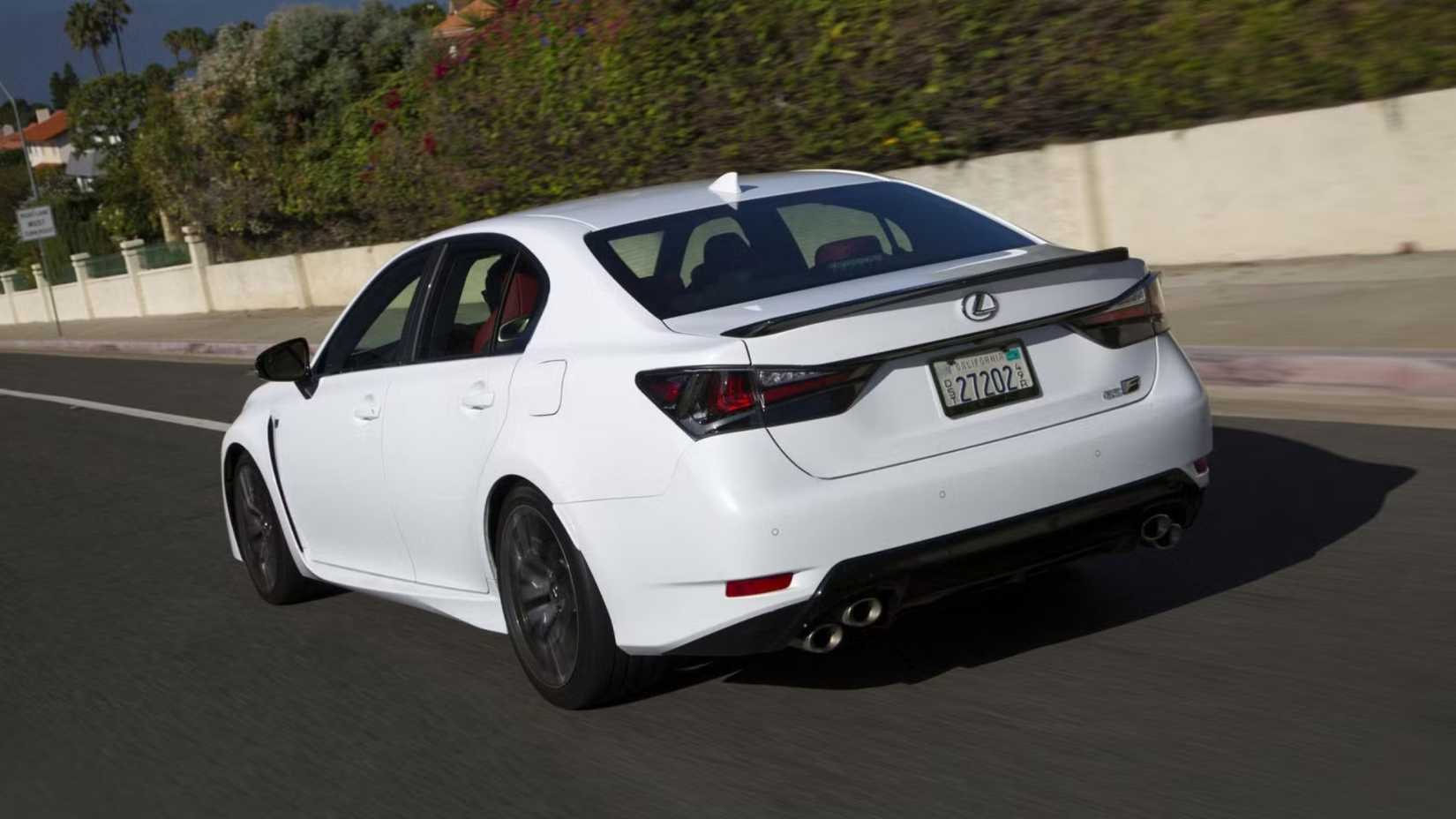Japan has a rich history of making iconic sedans, whether in the mass market or the luxury segment. This sedan has been so forgotten that, by 2020, this model was discontinued amid ever-more capable rivals from Germany, whilst also dealing with the rising interest in SUVs and crossovers.


Base Trim Engine
5.0L V8 Gas
Base Trim Transmission
8-Speed Automatic
Base Trim Drivetrain
Rear-Wheel Drive
Base Trim Horsepower
467 hp
Base Trim Torque
389 lb-ft @ 4800 rpm
Fuel Economy
16/24 MPG
Make
Lexus
Model
GS F
Segment
Midsize Luxury Sedan
The thing is, its demise, in our opinion, wasn’t even deserved. Its decline in popularity as a new car when it was launched is mostly due to it being misunderstood. I guarantee you that this forgotten Japanese sedan that still turns heads in 2025 is going to be a future classic. As proof, this midsize Japanese luxury sports sedan’s resale values are very strong in 2025. In fact, this Japanese luxury sports sedan even has a chance of appreciating, as collectors are realizing how much this model has the potential to be a future collector’s item.
To give you the most up-to-date and accurate information possible, the data used to compile this article was sourced from various manufacturers and other authoritative sources, including iSeeCars and Robb Report.
Lexus GS F – Forgotten, But Making A Renaissance

Front 3/4 shot of 2020 Lexus GS F in blue parked in garageBring A Trailer
This Japanese luxury sedan that’s now being noticed for its misunderstood brilliance is the Lexus GS F—a midsize luxury sports sedan that was meant to compete with the BMW M5 (F90) and the Mercedes-AMG E63 (W213). Unfortunately, without all-wheel drive (AWD) and a turbo in its V-8, the GS F was deemed inferior. But was it really less capable than the Germans? Or did it have a different mission in mind?
How “Underpowered” The GS F Is

2019 Lexus GS F SportLexus
The BMW M5 at the time had a 4.4-liter twin-turbo V-8 that produced 591 to 617 horsepower, depending on whether you got the standard or the Competition model, while the Mercedes-AMG E 63 has a 4.0-liter twin-turbo V-8 that produced 571 or 604 horsepower, with the latter being the power figure of the E 63 S. Even when compared to the prior generations of both models, the F10 M5 produces 560 horsepower, while the E 63 produces 577 horsepower from the same displacement of twin-turbo V-8s.

Close-up shot of 2019 Lexus GS F engine bayBring A Trailer
The Lexus GS F? Well, upon its release in 2016, it came with a naturally-aspirated 5.0-liter V-8 that produces 467 horsepower and 389 pound-feet of torque, sending power to the rear wheels with an electronic Torque Vectoring Differential (TVD) via an eight-speed automatic. That’s at least 90 horsepower less than its key German rivals, and thus, it was also slower in a straight line. The thing is, that wasn’t the GS F’s point.
The Emotional Connection Is On Point

2019 Lexus GS F Sport interior Lexus
The GS F isn’t the fastest, nor the sharpest luxury midsize sports sedan. Instead, the GS F was a modern-day luxury sports sedan that felt analog in all the best ways possible. See, the Germans have pushed the boundaries of performance through tech. The GS F, with its 467-horsepower V-8 that didn’t come with turbos, had as much power as its German rivals from at least two generations ago. It was a sedan that felt modern with its tech, but with its driving feel being focused on the senses, the GS F was misunderstood.
Lap times don’t fully tell a vehicle’s story, because the GS F didn’t set out to be the fastest sedan on the Nürburgring. What it had over the Germans wasn’t speed, but a V-8 that revved so high, the lack of turbos made it sound so pure. The driving experience? Unadulterated driving pleasure at your command. Once again, the Lexus philosophy of crafting sports sedans that retain the brand’s signature supple ride is carried over through the GS F.
You Can’t Put A Price Tag On Sound

Front 3/4 shot of 2020 Lexus GS F in blue parked in garageBring A Trailer
In an era where engines are increasingly electrified, turbocharged, or both, the naturally-aspirated engine and its unadulterated sound and linear power delivery are becoming a lost art, no thanks to ever-stricter emissions regulations. The GS F was one of the last of these naturally-aspirated luxury sedans, and that sound was enhanced not by speakers, but through a vacuum-operated secondary air box.

Rear 3/4 shot of 2020 Lexus GS F in blue parked in garageBring A Trailer
As for its power delivery, that 5.0-liter V-8’s lack of forced induction meant that it felt slow, but only when you compare it to the turbocharged Germans at the time. In isolation, however, the power was just right. Furthermore, with its linear power delivery and with most of its power being at the top end of the RPM band, it’s an engine that you’re encouraged to rev. The higher you get into the RPM band, the more the engine feels alive.
Sportiness, The Lofty Lexus Way

2019 Lexus GS F Sport interior Lexus
Finally, the Lexus GS F’s handling equation also forms a critical part of its emotional driving feel. To be precise, our team noted that the steering feel is quick and direct, though in terms of feel, it’s not the outright richest. Handling is also reasonably sharp. Again, the Germans have quicker reflexes, but the GS F is not in any way docile.
Some of the handling highlights of the Lexus GS F also include its aforementioned TVD, whose handling characteristics of how it delivers power to each rear wheel can be tweaked through three drive modes: Normal, Slalom, and Track. The eight-speed auto is made by Aisin, offering smooth shifts in Eco or DCT-like snappiness in Sport mode. What’s more, the GS F still retains the traditional supple ride that Lexus vehicles have always been known for.
The GS F’s Resale Value And Reliability
High Resale Is All But Guaranteed

2019 Lexus GS F Sport Lexus
A high-performance German luxury sedan, and you can almost always expect massive depreciation. The GS F? Well, that’s a machine that depreciates extremely slowly. When it was new, during its final 2020 model year, the GS F was being sold for $85,010. Five years later, in 2025, the GS F’s average resale value, according to iSeeCars, is an impressive $67,917, which means it has only depreciated 20.1 percent, or holds a whopping 79.9 percent of its value.
This makes it the third-best-selling luxury midsize sedan in terms of resale value, whilst also being fifth in terms of midsize luxury car reliability (in which two out of those top four other cars are also Lexus models).
Reliability Allows You To Drive It, Not Worry About It

2019 Lexus GS F SportLexus
Speaking of which, the Lexus GS F will be the least of your worries in terms of reliability. It’s a Lexus, which means it has Toyota’s reliability, and indeed, this V-8, despite its high-performance use, is extremely robust and reliable. It’s also not that expensive to maintain, too, since its reliability means that only routine oil changes and mechanical checks are needed.
However, two parts are worth checking with the GS F, as it’s known to have coolant system issues and a valley plate leak. Do have these checked when shopping for a used GS F, but apart from this, there is nothing to worry about this luxury V-8 sports sedan.
Sources: iSeeCars


AloJapan.com